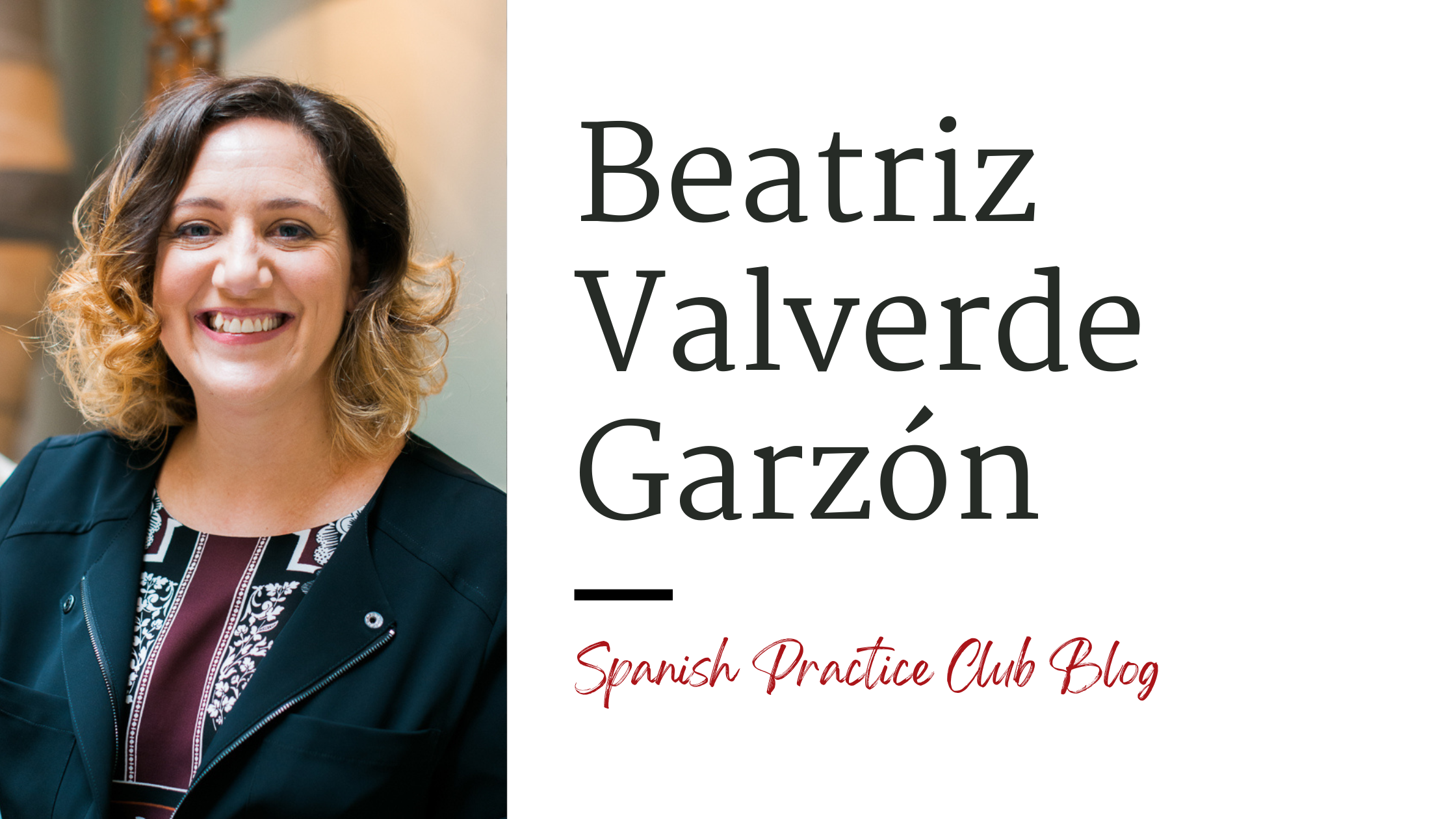Spanish Practice Club Blog
How To Learn The Spanish Language


How to make regular progress when learning Spanish
“If you wanna know about a culture, you can read about it in any language - but if you want to experience that culture like your own, you gotta do it as one of their own - through their own native language.” - Abhijit Naskar
How to make regular progress when learning Spanish

Making regular progress in learning Spanish is a fantastic goal, and I'm here to help you achieve it. As a qualified bilingual teacher, I understand the challenges that Spanish learners can face, and I have some practical steps that you can implement quickly to keep your Spanish journey on track.
1. Consistent practice:
Consistency is key. Set aside a specific time each day for Spanish practice, even if it's just 15-30 minutes. Regularity is more effective than sporadic long sessions.
2. Set clear goals:
Define your goals. Are you aiming for conversational fluency, business proficiency, or travel basics? Having a clear target will guide your learning.
3. Immersion:
Immerse yourself in the language and culture. Watch Spanish TV shows, listen to podcasts, and read books or news articles in Spanish.
Consider joining a language group or club like my Spanish Practice Membership Club. Being part of a community can motivate you to practice regularly.
5. Speak, speak, speak:
Don't be shy. Practice speaking with native speakers or fellow learners. The more you speak, the more confident you'll become.
6. Vocabulary expansion:
Learn new words daily. Keep a vocabulary journal and review it regularly. Apps and flashcards can help too.
7. Grammar and structure:
Focus on grammar and sentence structure. Understanding the rules will make your speaking and writing more accurate.
8. Use technology:
Leverage language learning apps like Duolingo, Babbel, or Rosetta Stone for interactive practice.
9. Keep a journal:
Maintain a journal in Spanish. Write about your day, thoughts, or experiences. It's a great way to apply what you've learned.
10. Celebrate small wins:
Acknowledge and celebrate your achievements, no matter how small. It keeps you motivated.
11. Learn culture alongside language:
Understanding Spanish culture enhances your language skills. Explore traditions, cuisine, and history.
12. Get a language partner:
Find a language partner to practice with. You can teach them your native language in exchange.
13. Travel or virtual travel:
If possible, travel to Spanish-speaking countries. If not, virtually explore these places online.
14. Track your progress:
Use apps, journals or our guide and planners to track your progress. It's motivating to see how far you've come.
15. Stay positive:
Learning a language can be challenging. Stay positive and don't get discouraged by mistakes.
Remember, everyone's language learning journey is unique. The key is to find what works best for you and enjoy the process. ¡Buena suerte! (Good luck!)
By following these steps, you'll be well on your way to becoming a confident, outgoing, and consistently understood Spanish speaker.
